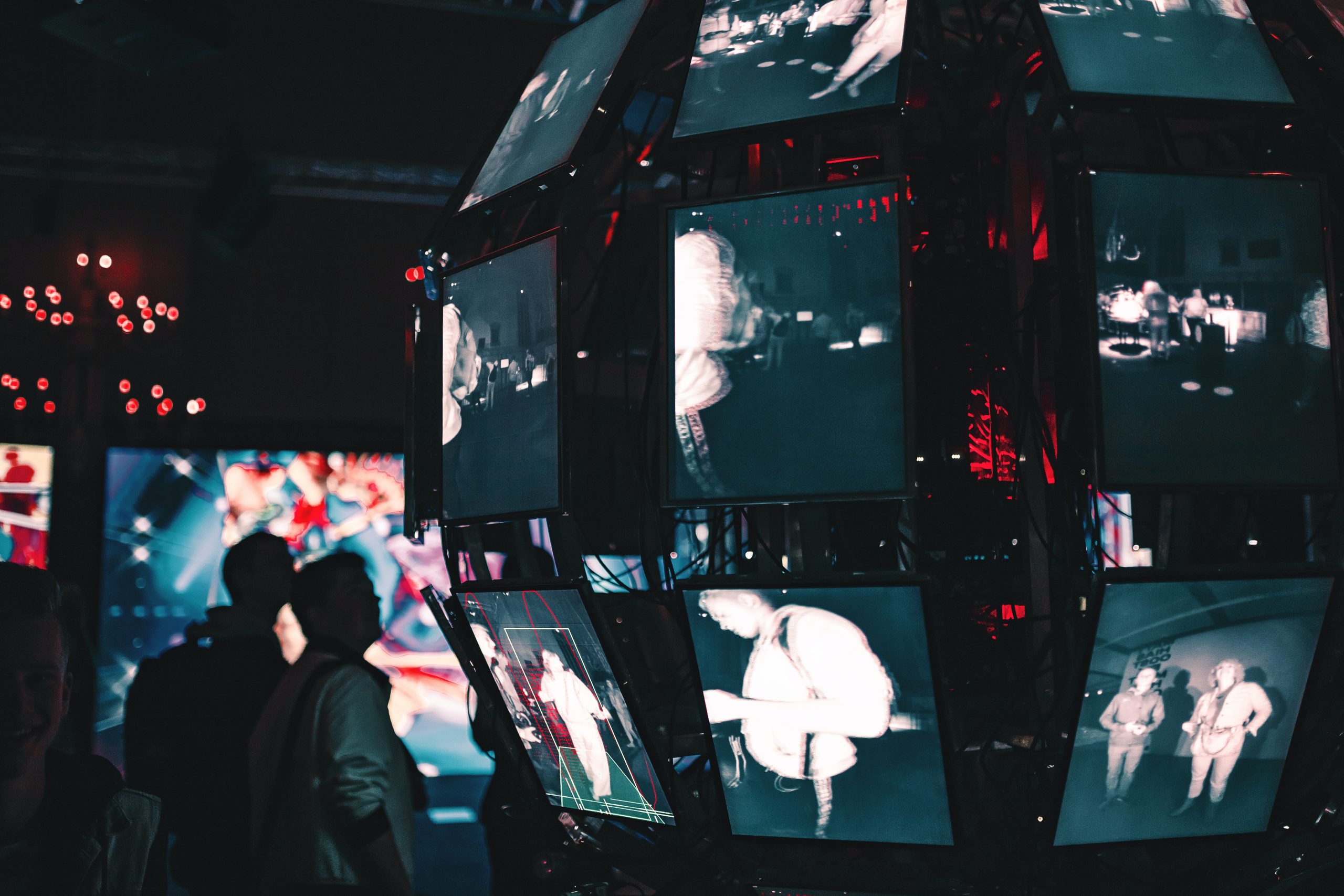Have you ever wondered if artificial intelligence (AI) and robotics are the same thing? Many people mistakenly use these terms interchangeably, but in reality, they are two distinct fields. While both AI and robotics involve advanced technologies, AI refers to the ability of a computer system to imitate human intelligence, while robotics is the design and construction of physical machines that can perform tasks autonomously. In this article, we will explore the differences between AI and robotics and understand why they are often confused. So, let’s clarify this fascinating topic and discover the unique roles AI and robotics play in our ever-evolving technological landscape.
1. Introduction
Artificial Intelligence (AI) and Robotics are two interrelated fields that have gained significant attention in recent years. However, there is often confusion surrounding the distinction between these terms. While AI and Robotics are closely intertwined, they are not synonymous. In this article, we will explore the differences and similarities between AI and Robotics, discuss their applications, and consider the ethical considerations and future developments in these fields.
2. Understanding AI and Robotics
2.1 Definition of AI
AI refers to the simulation of human intelligence in machines that are programmed to think, reason, and learn. It involves the development of computer systems capable of performing tasks that usually require human intelligence, such as problem-solving, decision-making, and speech recognition. AI utilizes algorithms and data to analyze and interpret information, enabling machines to mimic human-like cognitive abilities.
2.2 Definition of Robotics
On the other hand, Robotics refers to the design, creation, and operation of machines that can perform tasks autonomously or with minimal human intervention. It involves the integration of mechanical, electrical, and computer engineering to develop robots capable of sensing, perceiving, and manipulating objects in the physical world. Robotics aims to create machines that can interact with their environment and perform tasks with precision and efficiency.
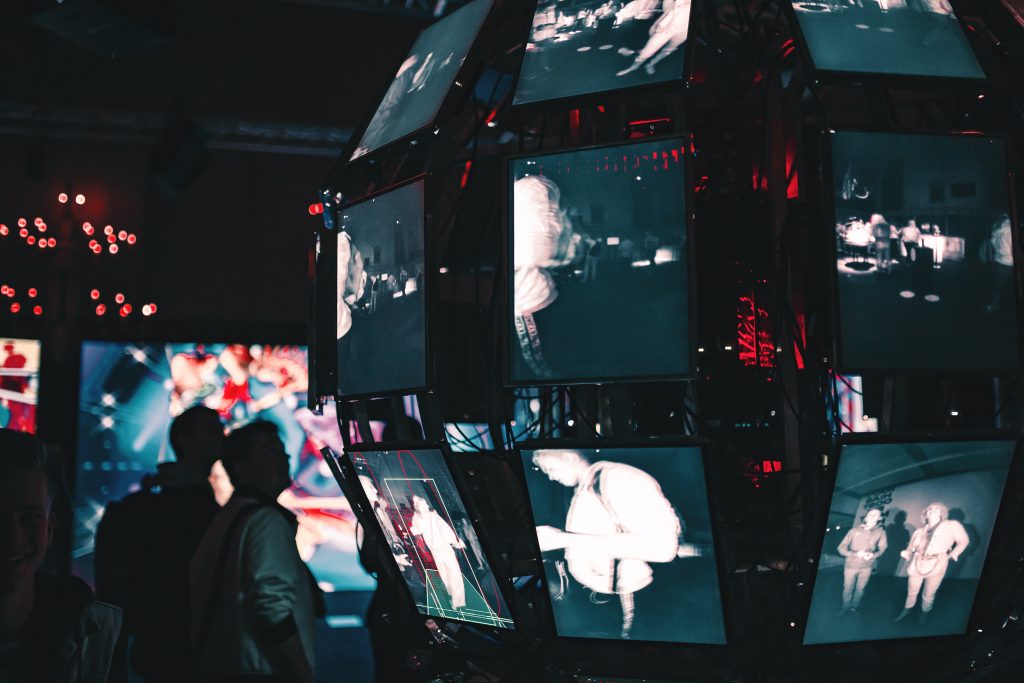
3. Differences between AI and Robotics
3.1 Focus and Purpose
The main difference between AI and Robotics lies in their focus and purpose. AI primarily focuses on developing machines with intelligent behavior and the ability to understand, reason, and learn from data. It aims to replicate human intelligence and improve the effectiveness of tasks that traditionally require human involvement. On the other hand, Robotics focuses on creating physical machines that can interact with the world, perform tasks, and manipulate objects, relying on sensors, actuators, and mechanical components.
3.2 Complexity and Autonomy
Another difference lies in the complexity and autonomy of AI systems and robots. AI systems can exist solely as software programs running on computers, whereas robots are physical entities with mechanical components. AI systems can operate autonomously and make decisions based on data analysis, while robots often require human programming or control to perform specific tasks.
3.3 Interaction with the Physical World
AI primarily deals with data and algorithms, while Robotics interfaces directly with the physical world. AI systems analyze data and provide intelligent insights, but they do not have a physical presence. Robotics, on the other hand, enables machines to interact physically with the world through sensors, actuators, and mechanical components.
3.4 Applications and Use Cases
AI and Robotics also differ in their applications and use cases. AI finds applications in various domains, including healthcare, finance, transportation, and customer service. It powers virtual assistants, recommendation systems, autonomous vehicles, and voice recognition technologies. Robotics, on the other hand, is widely used in areas such as manufacturing, logistics, healthcare, and exploration. Robots are utilized for tasks like assembly line operations, pick-and-place operations, surgery, and space exploration.
4. Similarities between AI and Robotics
4.1 Technology Integration
Despite their differences, AI and Robotics often integrate technologies to enhance their capabilities. AI techniques, such as machine learning and deep learning, are incorporated into robotics to enable robots to learn from data and adapt to changing environments. This integration allows robots to make intelligent decisions based on sensor inputs and improve their performance over time.
4.2 Overlapping Concepts and Techniques
AI and Robotics share overlapping concepts and techniques. Both fields rely on algorithms, data analysis, and mathematical models. They draw from disciplines such as computer science, mathematics, and engineering. AI techniques, such as computer vision and natural language processing, are used in Robotics to enable robots to perceive and interpret their surroundings.
4.3 Collaboration Potential
AI and Robotics have the potential for collaboration, with each field complementing the other’s capabilities. Robotics can benefit from AI’s ability to process large amounts of data quickly and make intelligent decisions. On the other hand, AI can leverage Robotics to gain practical insights from interactions with the physical world. This collaboration can lead to the development of more advanced and efficient intelligent systems.
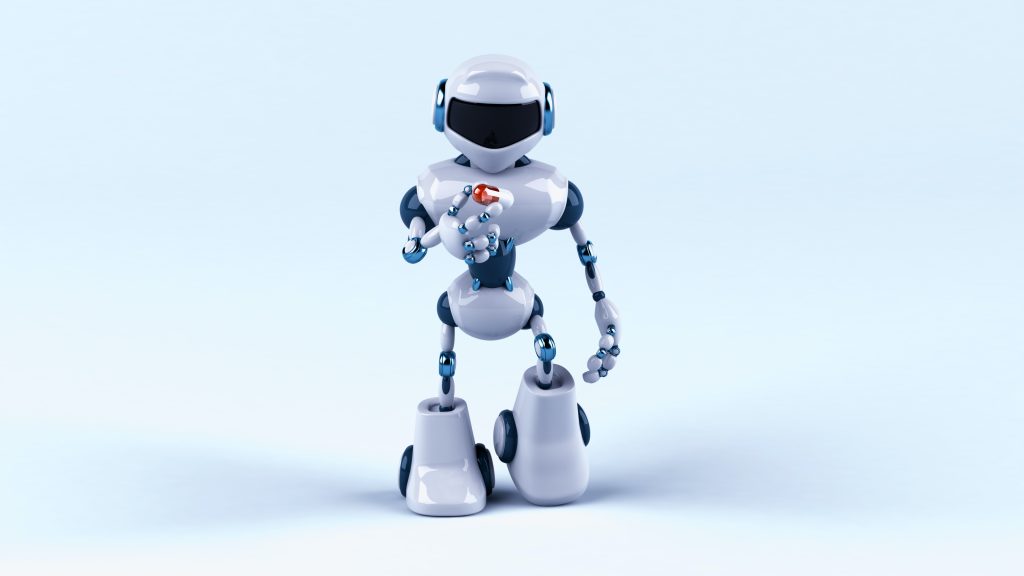
5. AI in Robotics
5.1 AI as a Part of Robotics
AI plays a crucial role in enhancing the capabilities of robots. By incorporating AI techniques, robots can learn from their interactions with the environment, adapt to changes, and improve their performance. AI enables robots to process complex sensory data, make intelligent decisions, and carry out tasks with greater efficiency and accuracy. This integration of AI into robotics has led to advancements in areas such as autonomous vehicles, industrial automation, and healthcare robotics.
5.2 Enhancing Robotic Capabilities with AI
AI enhances robotic capabilities in various ways. Machine learning algorithms enable robots to learn from data and improve their performance over time. Reinforcement learning techniques enable robots to learn optimal strategies through trial and error. Computer vision algorithms enable robots to perceive and interpret visual information, allowing them to navigate and interact with their environment. Natural language processing enables robots to understand and respond to human commands and queries. By leveraging AI, robots become more versatile, adaptable, and efficient in performing their tasks.
6. Robotics in AI
6.1 Robotics as a Field of Study within AI
Robotics is also considered a field of study within AI. It involves developing intelligent agents that can perceive, reason, and act in physical environments. Robotics research explores areas such as robot perception, motion planning, manipulation, and control. By leveraging AI techniques, such as machine learning and computer vision, Robotics aims to create intelligent robotic systems capable of autonomous decision-making and physical interaction.
6.2 Leveraging Robotics in AI Research
Robotics provides a practical platform for AI research and experimentation. Robotics platforms offer a controlled environment where AI algorithms can be tested and evaluated in real-world scenarios. By leveraging robotics, AI researchers can validate the effectiveness of their algorithms, improve their robustness, and gain insights into practical challenges associated with real-world applications. Robotics provides a valuable tool for AI researchers to bridge the gap between simulation and the physical world.
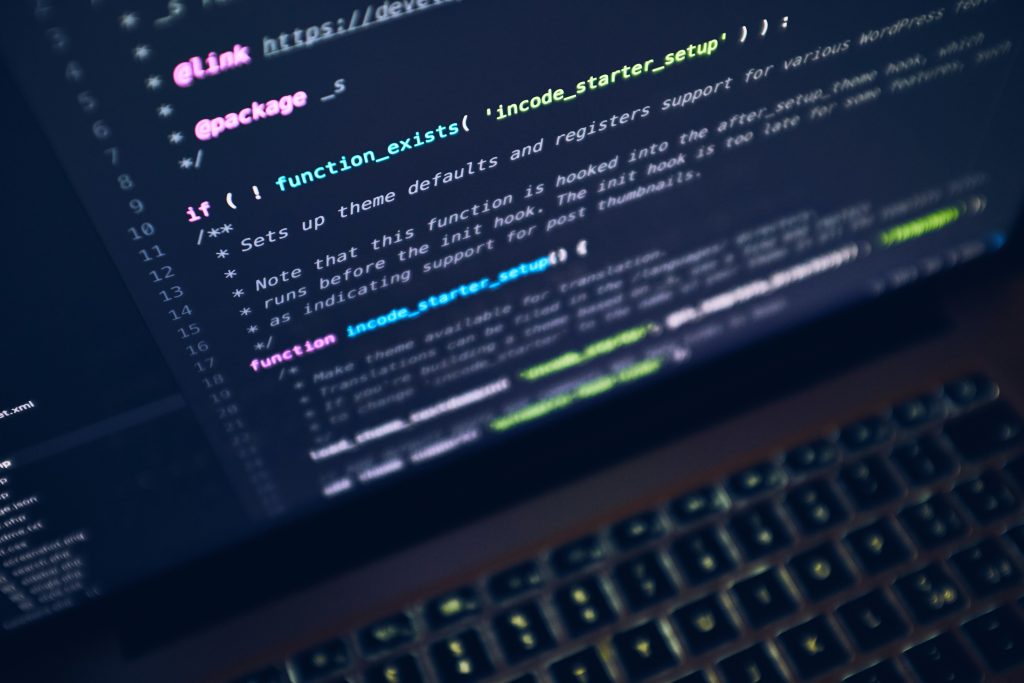
7. Examples of AI in Robotics
7.1 Autonomous Vehicles
One prominent example of the integration of AI and Robotics is in autonomous vehicles. AI algorithms enable vehicles to perceive their surroundings through sensors, interpret traffic patterns, and make decisions about acceleration, braking, and steering. Robotics plays a crucial role in implementing these decisions by controlling the physical actuators of the vehicle. Autonomous vehicles are revolutionizing transportation by improving safety, efficiency, and accessibility.
7.2 Industrial Automation
AI and Robotics are transforming industrial automation by automating repetitive and dangerous tasks. Robots equipped with AI capabilities can perform complex assembly line operations, handle materials, and carry out quality control in manufacturing settings. By combining AI techniques with robotics, industries can enhance productivity, reduce costs, and improve worker safety.
7.3 Healthcare Robotics
Healthcare robotics is another area where AI and Robotics converge to bring significant advancements. Robots equipped with AI capabilities can aid in surgical procedures, assist in patient care, and perform repetitive tasks in healthcare settings. These robots can leverage AI algorithms to analyze medical data, assist in diagnosis, and even provide personalized treatment recommendations. Healthcare robotics aims to enhance patient outcomes, improve efficiency, and alleviate the workload of healthcare professionals.
8. Ethical Considerations
8.1 Impact on Jobs and Employment
The integration of AI and Robotics raises concerns about the impact on jobs and employment. While these technologies can automate tasks, they also have the potential to create new job opportunities. The implementation of AI and Robotics should be accompanied by retraining programs to equip individuals with the skills necessary to adapt to the changing job market. It is essential to strike a balance between technological advancements and ensuring a smooth transition for the workforce.
8.2 Safety and Security
As AI and Robotics become more prevalent, ensuring the safety and security of these systems becomes crucial. Issues such as system reliability, robustness, and the potential for accidents must be addressed. Regulatory frameworks and safety standards need to be developed to mitigate risks associated with AI and Robotics. Additionally, the security of AI systems should be considered to prevent unauthorized access and potential misuse.
8.3 Privacy and Data Usage
AI and Robotics rely heavily on data, which raises concerns about privacy and data usage. As these technologies collect and analyze vast amounts of data, it is vital to establish clear guidelines and regulations regarding data privacy and consent. Safeguards should be in place to prevent the misuse or mishandling of personal information. Transparency and accountability are essential to maintain public trust in the applications of AI and Robotics.
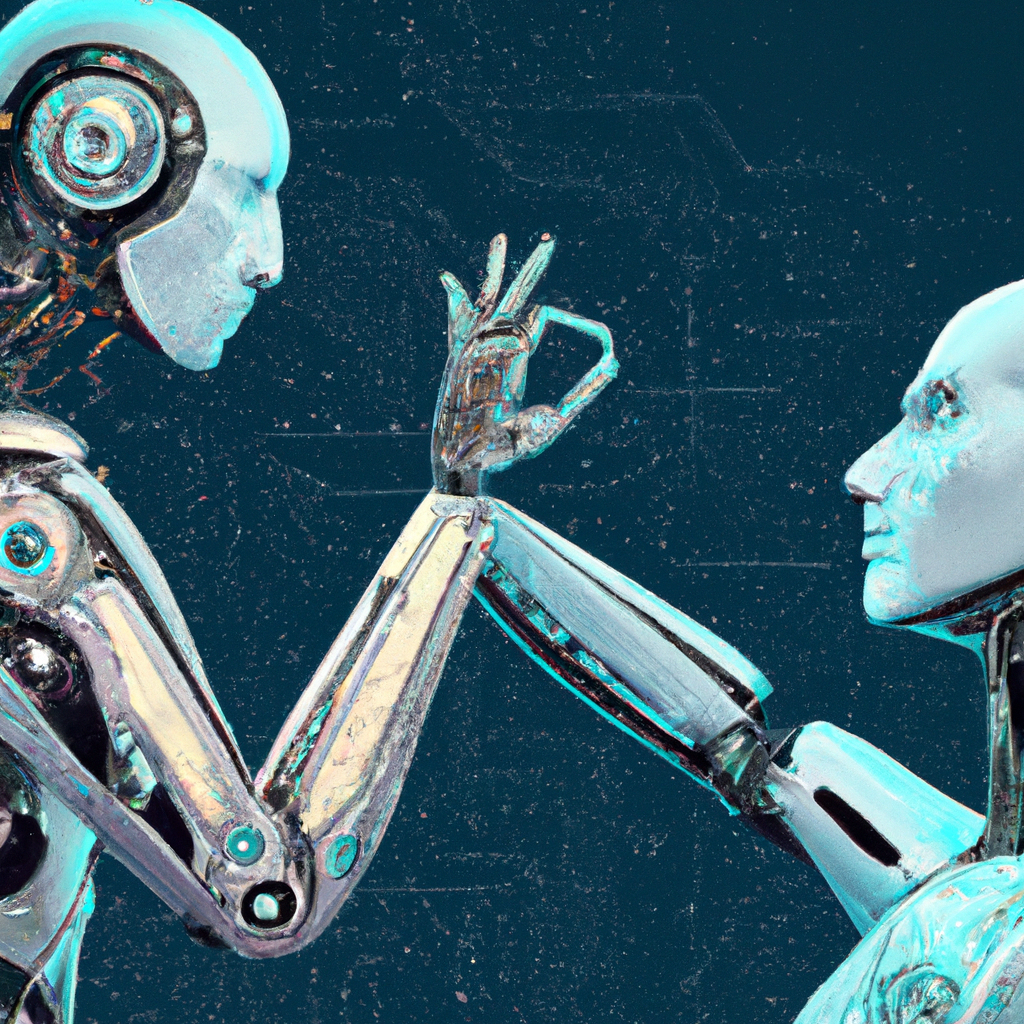
9. Future Developments
9.1 Advancements in AI for Robotics
The future holds promising advancements in AI for Robotics. Machine learning algorithms will continue to evolve, enabling robots to learn from limited or sparse data, and adapt to new environments. Reinforcement learning techniques will facilitate learning through trial and error, leading to more intelligent and adaptable robots. Additionally, advancements in computer vision and natural language processing will enhance the perception and interaction capabilities of robots.
9.2 Integration of AI and Robotics in Everyday Life
In the future, we can expect increased integration of AI and Robotics in everyday life. Robots will become more common in households, carrying out tasks such as cleaning, cooking, and companionship. AI-powered virtual assistants will become more advanced, helping us manage our daily routines, provide personalized recommendations, and assist in decision-making. The collaborative potential of AI and Robotics holds the promise of enhancing various aspects of our lives and transforming industries across sectors.
10. Conclusion
In conclusion, while AI and Robotics share similarities and overlap in various aspects, they are distinct fields with unique focuses and applications. AI aims to replicate human intelligence and enhance decision-making capabilities, while Robotics focuses on the physical interaction with the world. However, the integration of AI and Robotics has led to remarkable advancements in various domains, such as autonomous vehicles, industrial automation, and healthcare robotics. As these technologies continue to evolve, ethical considerations, safety, security, and privacy must be addressed. The future holds exciting potential for the collaboration and integration of AI and Robotics, bringing about transformative changes in our lives.






